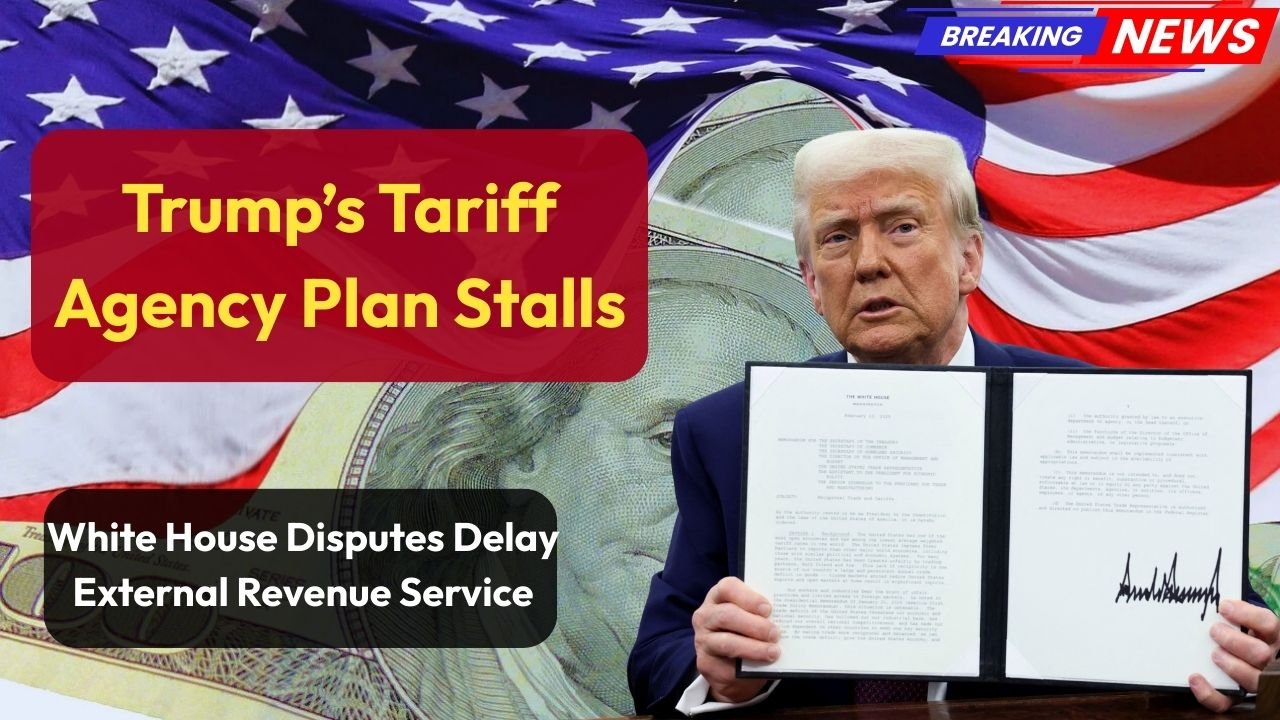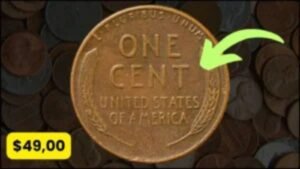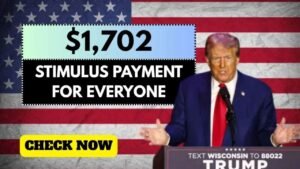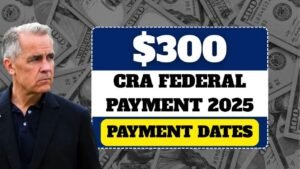President Donald Trump’s ambitious plan to create a new federal agency for tariff collection—the External Revenue Service (ERS)—is struggling to take off. Announced just before his January 2025 inauguration, the ERS was designed to oversee tariffs, duties, and revenue from foreign goods.
Six months later, however, the agency remains stuck on paper. Internal White House disputes, weaker-than-expected tariff revenues, and ongoing legal battles have slowed the project’s progress.
This article explains what the ERS is, why it was proposed, and why it remains stalled.
What Is the External Revenue Service (ERS)?
The ERS was introduced as a new government body dedicated to collecting tariffs—taxes on goods entering the United States.
Trump argued that tariffs could generate “trillions of dollars” for the U.S., which could be used to:
- Pay down the national debt
- Fund tax rebate checks for Americans
- Support infrastructure projects
- Reduce reliance on income tax
The ERS was meant to streamline tariff collection and ensure that money raised from imports could be redirected toward domestic priorities.
Why Did Trump Propose the ERS?
Trump’s economic strategy has always centered on tariffs. By taxing foreign imports, he hoped to:
- Encourage U.S.-based manufacturing
- Increase government revenue
- Shift the tax burden away from workers and families
In theory, the ERS would make tariff collection more efficient, possibly reducing the role of the IRS in funding federal programs.
Why Is the ERS Stalled?
Despite its bold goals, the ERS has not moved forward due to three main issues:
1. Internal White House Conflicts
Several government departments have clashed over who should control the ERS:
- The Treasury Department, under Secretary Scott Bessent, was initially tasked with reviewing the plan.
- The Commerce Department, led by Secretary Howard Lutnick, later sought control, hoping to link tariffs with trade policy.
- The U.S. Trade Representative (USTR) also argued for authority, citing its role in managing trade deals.
These turf wars have left the agency without clear leadership or direction.
2. Lower-Than-Expected Tariff Revenue
Trump promised tariffs would generate trillions, but by July 2025 the U.S. had collected about $150 billion—a fraction of expectations.
Economists argue tariffs alone cannot replace income taxes or fund large-scale projects. The shortfall has weakened the case for creating an entirely new agency.
3. Lack of Clear Purpose
Some officials proposed the ERS should:
- Oversee cross-border financial flows
- Support trade negotiations
- Act as a central revenue authority
But none of these ideas gained traction, leaving the ERS without a well-defined mission.
Impact on Businesses and Consumers
The uncertainty around the ERS has left businesses in limbo:
- Importers are unsure how tariffs will be managed in the future.
- Rising tariff costs risk being passed on to consumers, driving up prices on everyday goods.
- Some companies have stopped monitoring the ERS debate, assuming it won’t materialize soon.
Court Challenges to Trump’s Tariffs
Adding to the chaos, Trump’s tariff policies have faced legal hurdles.
- In May 2025, federal courts ruled Trump’s use of the International Emergency Economic Powers Act (IEEPA) to impose tariffs was unlawful.
- An appeals court later reinstated them temporarily, but the ongoing legal battle has created further uncertainty.
Without stable legal ground, the ERS has little foundation to build upon.
What’s Next for the ERS?
The White House maintains that the ERS is still in development. Spokesperson Kush Desai stated that tariffs have already raised billions and the administration remains committed.
But without resolution to leadership disputes, stronger tariff revenue, and legal clarity, the ERS is likely to remain stalled.
Possible Outcomes:
- ERS Moves Forward – If internal conflicts are resolved, the ERS could launch, but likely on a smaller scale than Trump originally envisioned.
- Shift to Other Priorities – The administration could abandon the ERS and instead focus on trade deals or existing tariff authorities.
- Legal & Economic Roadblocks – Continued court challenges and revenue shortfalls may render the ERS unfeasible altogether.
Difficult Words Explained Simply
| Word/Phrase | Simple Explanation |
|---|---|
| Tariff | A tax on goods coming into or leaving a country |
| External Revenue Service | Proposed agency to collect tariffs |
| Revenue | Money collected by the government |
| Feasibility Study | A review to see if a plan can work |
| Trade Policy | Rules about how a country buys/sells goods |
| Sovereign Wealth Fund | Government-owned investment fund |
| Levy | A tax or fee imposed by the government |
| IEEPA | Law letting presidents control trade during emergencies |
Conclusion
President Trump’s External Revenue Service was envisioned as a game-changer for tariff collection and government revenue. But so far, it has been derailed by bureaucratic infighting, weak revenues, and legal setbacks.
For businesses and consumers, this means ongoing uncertainty around tariff policy, pricing, and future U.S. trade strategy. Whether the ERS ever becomes reality—or is replaced by other economic measures—depends on how the White House resolves its internal struggles and the outcome of pending court battles.





1 thought on “Trump’s Tariff Agency Plan Stalls: White House Disputes Delay External Revenue Service”